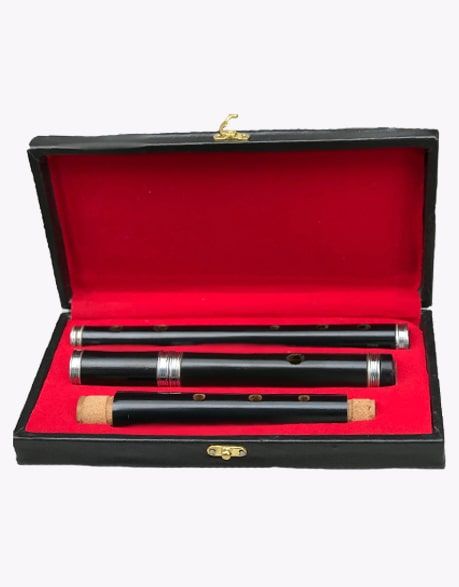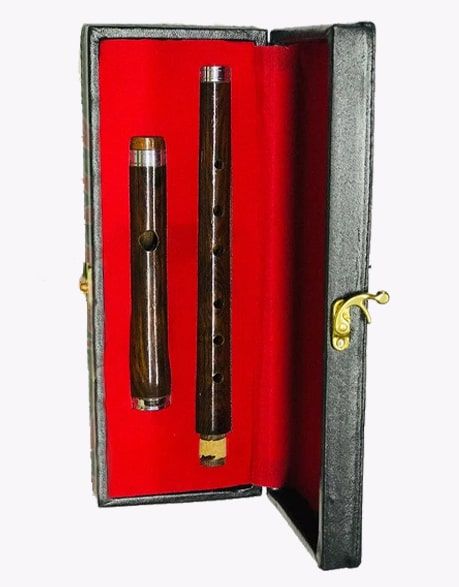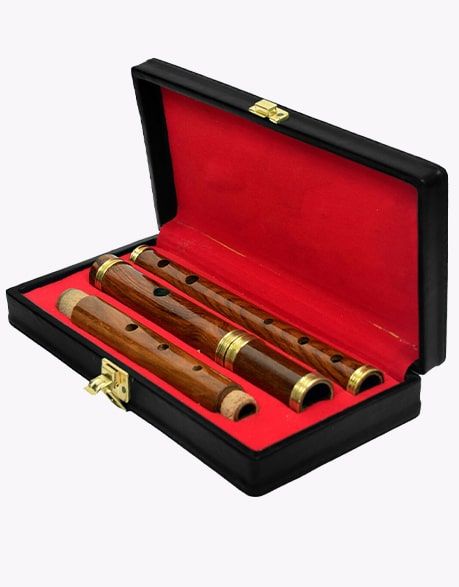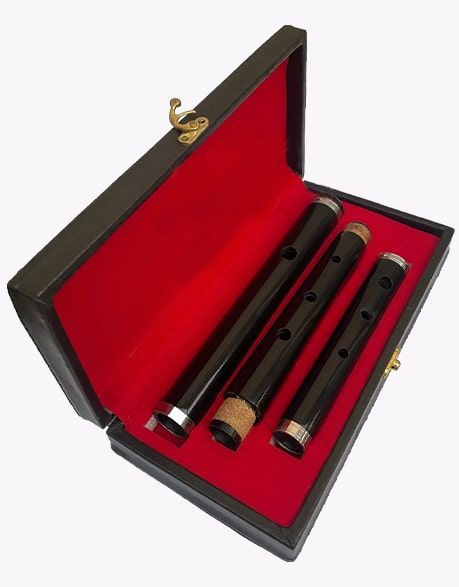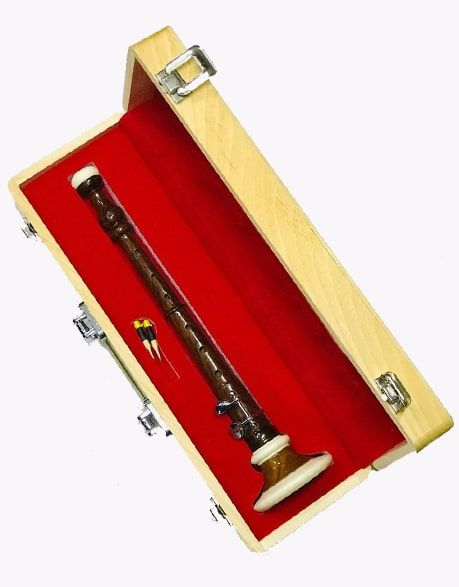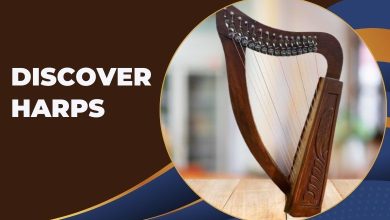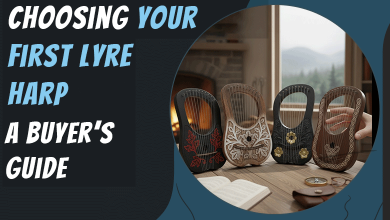An Irish Flute Guide: Discussing History and More!
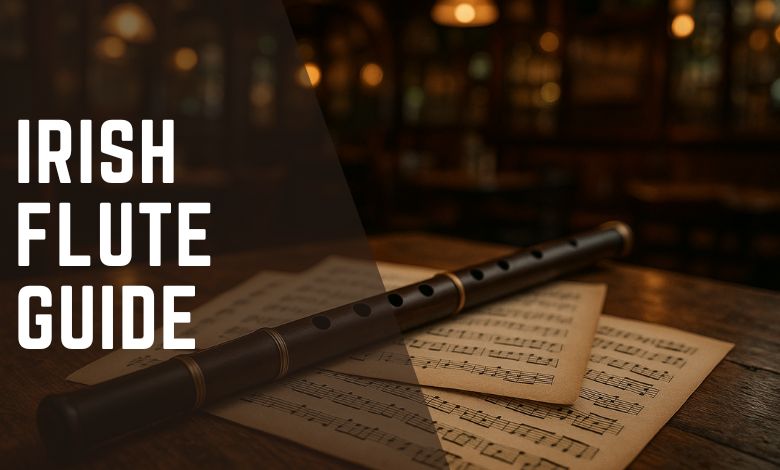
A flute is a conical-bore, straight, and simple music tool that comes with some finger holes and other minor parts to produce music. It is a traditional instrument that influenced the music of many cultures, including Ireland. Moreover, it has a deep history, a unique straightforward design, and many more things that one must consider knowing if he is interested in learning or buying one. This blog post is not just an ordinary piece of information but a complete guide that every beginner must know. Let’s start our discussion with its historical background.
Table of Contents
ToggleOrigins and Historical Background
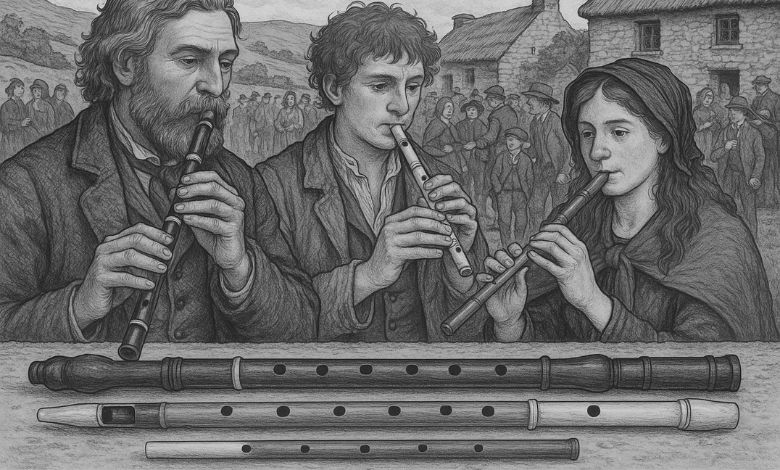
There are many woodwind instruments that are popular in Celtic music, but flutes and whistles are important, as they have been part of their traditional music for the last 10 centuries. The wood, bone, and ivory were the primary materials to make these instruments.
Many people believe flutes were introduced in the early 19th century. In reality, it was their rebirth that made them popular in the entirety of Ireland. It was an era of their development, and wooden flutes with simple systems became popular choices in both classical and Irish folk music.
Design and Construction
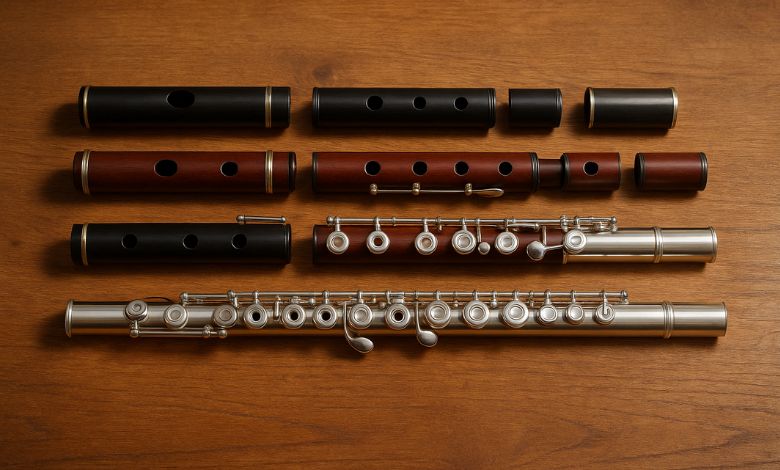
Flutes usually have a simple appearance, and beginners consider them the easiest ones to start with. The story of playing it revolves around the breathing control and movements of the finger. In fact, their design and construction heavily impact the sounds and the process to learn.
Materials Used
Wood or bone were the initial materials used to make flutes, but the use of bones faded with time and the wood continued. In recent days, wooden instruments are the top choices, but not only that, some synthetic materials, including Delrin and PVC have joined the game. In woods, African wood and rosewood are the most reliable options because of their durability and affordability. Most importantly, they deal well with different climates.
Keyless vs. Keyed Flutes
Flutes are usually available in two types: keyless and keyed. Keyless flutes are traditional and remain in the wishlists of musicians for their simplicity and lighter weight. They are ideal for beginners and perfect for Irish music. Keyed flutes, however, come with some additional features in their note range and tuning precision. Keyed flutes are suitable for more advanced players.
Simple system vs. Boehm system
A flute in the beginning was known for its straightforward system, which got the name simple system. A few changes were made with the time, and a new system came into being: the “Boehm System.” The traditional flute used in Irish music is the simple one. It is simpler for novices to master since it employs simple finger holes and fewer keys.
At the same time, the Boehm system is a contemporary flute with a metal body and several keys. It became popular in both classical and contemporary music. This particular instrument provides more tuning outputs and range, while the basic system flute maintains the rich, warm sound that is still popular in Irish traditional music.
Parts of the flute
No matter whether you are a learner or purchasing the first instrument, having information about its parts is essential. A flute, especially an Irish flute, usually has three main parts: headjoint, body, and footjoint.
Head Joint: As the name represents, a headjoint is the top part of any flute that has an embouchure hole. It is the point where a player blows the air to produce sound.
The Body: The next part is its body, where you get 6 holes. It is the largest and the central part of the instrument. It also serves as a connector between the head joint and foot joint.
Foot Joint: It is the bottom part of an instrument housing the keys for the lowest notes and can be either a C foot or a B foot. In some flutes, this part is exceptional.
How the Irish Flute Differs from Other Flutes
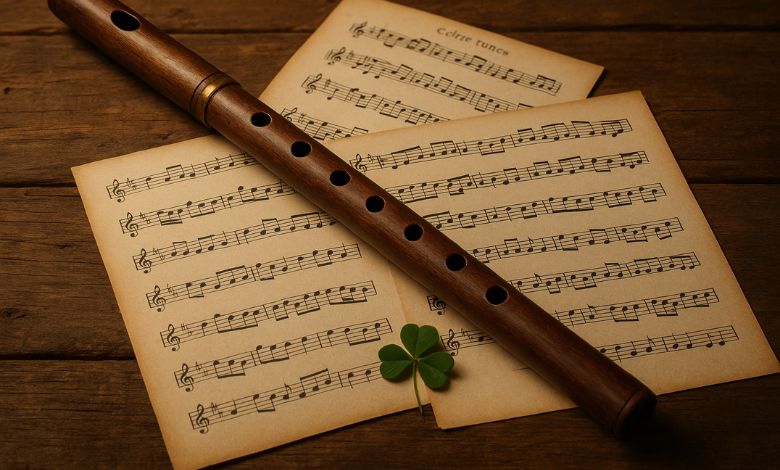
When you enter the world of Irish or Celtic music, consider comparing your primary musical instrument with its counterparts. Irish flutes differ significantly from one another that are common to spot in contemporary music. These dissimilarities are not specific to their aesthetics but also to the way they sound and they are played.
Tone and Timbre Differences
Irish music players prioritize their traditional wooden flutes because of their warm, soft, and deep notes. The metal flutes, on the other hand, produce bright and sharp sounds. The breathy and wooden-sounding notes are perfect for Irish folk tunes, as they add a real feeling to the music.
Playing Techniques and Stylistic Nuances
Playing an Irish flute usually involves unique styling such as rolls, cuts, and taps. All of these styles heavily rely on the movement of your finger to make the music lively and rhythmic. The players also must have control of their breath to produce expected sounds. These styles are simple to learn but need practice to master.
Portability and Aesthetics
Irish flutes that are keyless are usually light and easy to carry. Their wooden design offers them a natural look and timeless touch. Therefore, some contemporary instruments are made using synthetic materials and may look different but still be the same and simple.
The Irish Flute in Traditional Music
The Irish flute is a fundamental component of traditional Irish music that produces unique sounds. This instrument has an adaptable position in melody and accompaniment. Its primary function is melody, and it can play a variety of songs. Although it is mainly a melodic instrument, it also has a rhythmic function, which is essential in traditional music. An Irish flute also assists other harmonics in group situations or to quicken a song’s speed. In group performance, the flute enhances the sound of the guitar, bodhrán, banjo, and violin.
Tips for Buying an Irish Flute
If you are a beginner and want to buy an Irish flute, you must know some tips to buy. In case you are unaware of these tips, seek help from an expert to make the right decision. In fact, there are a few things to consider.
Choosing between beginner and professional models: The first and foremost thing is to decide according to your experience. If you are a beginner, choose an instrument with close holes, as they are easy to play. On the contrary, go with a flute that has open holes because they help in producing intricate notes.
Things to look for in a quality flute: The next consideration is its quality. As a new player, consider choosing premium-quality wood, so the climate and consecutive use may not affect it quickly.
The Brand Where You Buy: Last but not least, consider purchasing from a reliable brand like The Utility Kilt because such brands usually provide good products at reasonable prices. In other words, ensure you are buying from a trustworthy brand to prevent bothersome situations ahead.
Tips for Flute Care and Maintenance
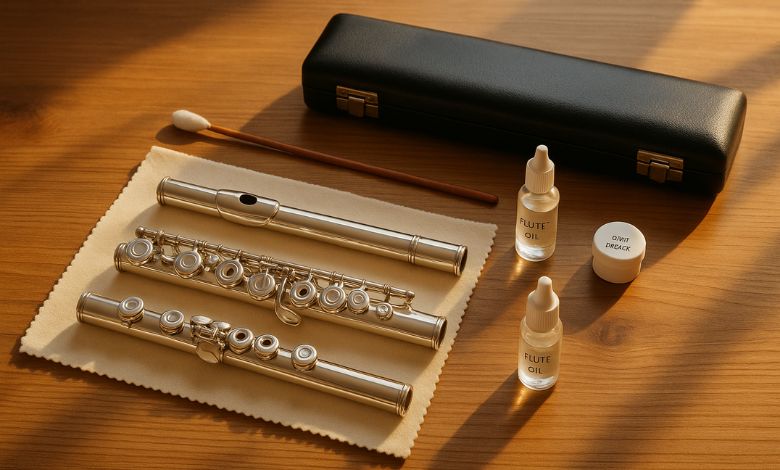
Flute care and maintenance are very important for its longevity. Along with increasing the lifespan of instruments, their regular maintenance helps in producing clean notes for decades. Here are a few tips that you must follow.
- Regularly clean your flute, especially after you have performed with it. Clean its interior with a rod and swab and de-moisturize the head joint regularly.
- The wood of flutes can crack with time, so it is essential to oil them periodically. Apply oil with a clean cloth to clean the rod.
- A flute’s joints are always at the risk of getting damaged because of blow pressure. Prevent this using grease.
- Most of the flutes come with storage cases. Make sure to disassemble the flute and place them all tightly to prevent breakage from jerks.
- Do not wear any hand or mouth jewelry while playing a flute; it can damage the instrument too.
Learning Resources and Communities
Those who want to learn to play flutes should seek assistance from various sources, like hiring teachers, joining schools, and being part of communities of players. However, doing it all is not sufficient; instead, there are some considerations that you must be aware of.
- First of all, you must know why you want to learn. Whether you want to adopt it as a profession or just be a player.
- You should dedicate a specific time from your daily routine to practice it.
- Find a teacher who can understand your goal and guide you accordingly.
- Practice at the base level as a beginner and avoid starting with a complicated flute.
- Make sure to practice at the proper structure to achieve your goal quickly.
Purchase Premium-Quality Flutes at The Utility Kilt
This Irish flute guide must have taught you a lot about this instrument, and now it is time to be practical and purchase one for you. As a new learner, you should consider choosing the one made with premium-quality fabric. Moreover, you already have been told to approach a reliable store, and none is better than The Utility Kilt. So, explore our inventory right now and purchase a flute with your experience level in mind.
Frequently Asked Questions About Irish Flutes
Can the Irish flute be self-taught, or is a teacher necessary?
Though self-learning to play flutes is possible, it is not recommended to adopt this approach. Teachers are a great source to guide you to become a better player.
How do weather and humidity affect the Irish wooden flute?
Yes, weather conditions and an increase in humidity both impact the flute in the form of swelling or shrinking the wood and rusting the metallic parts.
What are the most common beginner mistakes when learning the Irish flute?
Beginners usually opt for complicated designs or the ones with keys, which is not a good idea at all. Similarly, some players are seen trying to learn themselves, which results in slow learning or incorrect body gestures.

